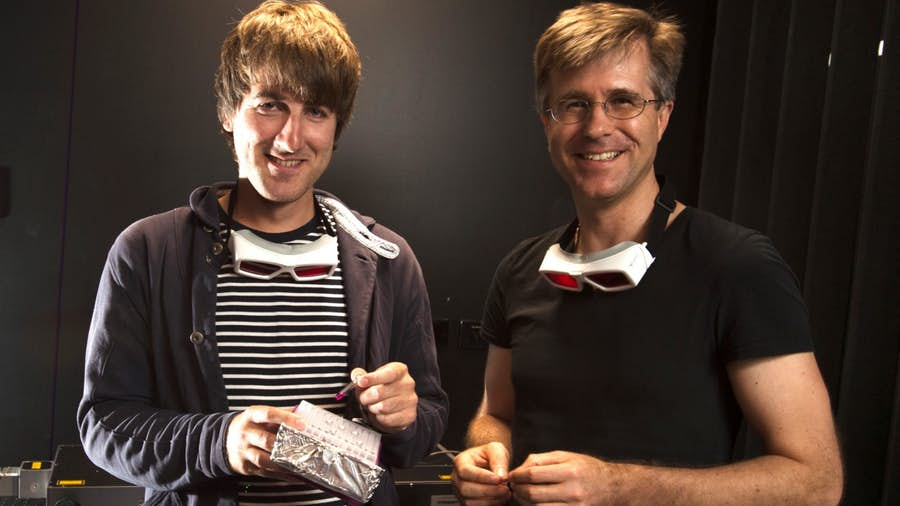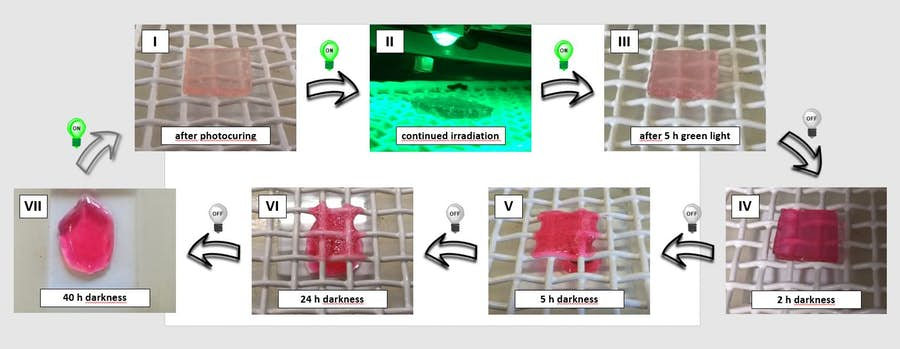“Everything flows”, said the philosopher Heraclitus. Oh God, he never actually formulated it in what we know of his writings, but that's a different matter. However, the meaning is known: it indicates the eternal change that we experience in the world.
Apparently they are no exception to the new dynamic materials resulting from scientific work, which can change their properties in response to different environmental stimuli.
Dynamic materials are a truly promising field of research, and their versatility will allow their massive use in different applications of all kinds.
The most special of all
An international team of scientists has brought out a material with rather special qualities. It has the ability to increase its hardness when illuminated, and become soft again in the dark.
Can you imagine the possible implications? The endless uses of this material in the field of 3D printing?
This material could be used, for example, to create an infrastructure on which to print complex or particularly shaped objects. A “skeleton” that would dissolve on its own once the printing was finished.

The result was obtained by the joint work of researchers at Australia's Queensland University of Technology (QUT). The University of Ghent in Belgium and the Karlsruhe Institute of Technology in Germany gave excellent support.
It is a polymer obtained from a special chemical combination that includes the common mothballs and molecules called thiazolindioni.
Together, these elements constitute the main "super power" that this material has to change its state depending on the darkness or light.

An object printed with this material and exposed to a green LED light becomes stable and solid. Simply flip the switch and turn off the light to break the chemical bonds in its structure. With the lights off, a soft and malleable mass returns.
The light comes on again, and the material immediately returns solid and stable.
You have to turn the light on and off twenty times, like when you were a child.
The research was published in the Journal of the American Chemical Society. Here is a video showing the material in action.

